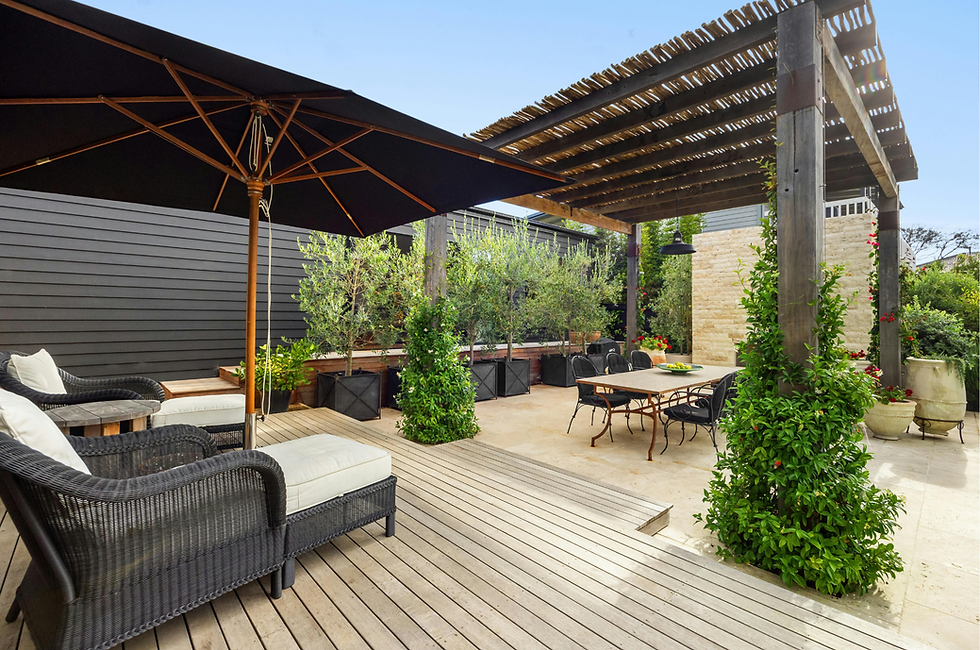They Don’t Make It Like They Use To
- Jul 23
- 4 min read
Updated: Jul 29
Why Your Concrete is Failing and What You Can Do About It

If you’ve worked on a concrete project in the last few years, chances are you’ve come across General Use Limestone (GUL) cement. It’s being used in everything from precast to sidewalks and parking structures—and it’s easy to see why. GUL cement reduces CO₂ emissions by up to 10%, helping Canada meet its climate goals.
But behind the push for lower-carbon concrete, questions are starting to surface:Is GUL as durable as traditional GU cement? What does it mean for rebar corrosion, surface cracking, and long-term performance—especially in Canada’s harsh climate?If you’ve read our earlier blog on how concrete pH affects rebar corrosion, you already know alkalinity is critical to protecting embedded steel. Lower pH means less protection—and that’s exactly where GUL may need backup.
The GUL Mandate: When Did It Change?
Though GUL cement may feel like a recent shift, its adoption has been building for nearly two decades:
2008: Canadian Standards Associations (CSA) first approved the use of Portland-limestone cement (PLC) under the name GUL (General Use Limestone) in CSA A3000 standards.
2011 onward: Major cement producers began phasing it into the market more widely in Ontario, BC and Alberta.
2015-2020: GUL began replacing GU (Portland) as the standard in most ready-mix and precast applications across Canada.
GUL is now the default for many ready-mix suppliers and public infrastructure tenders. While the environmental benefits are real, this shift demands new awareness around durability—especially in freeze-thaw and chloride-exposed environments.
Clarifying Lime Content in GUL Cement
It’s important to distinguish between two types of “lime” in cement:
Limestone powder (stone), which is largely calcium carbonate added as a filler in GUL cement to reduce clinker content.
Reactive lime (calcium hydroxide), which is generated when clinker hydrates and is critical for maintaining concrete alkalinity and strength.
GUL cement contains more limestone powder but less clinker, so it produces less reactive lime during curing. This reduced reactive lime impacts the concrete’s ability to resist carbonation and corrosion, making proper surface treatment more important than ever.
GUL Cement and Durability: What You Need to Know
Lime—specifically calcium hydroxide—is a natural by-product of cement hydration. It plays a key role in early strength gain and helps maintain the high pH needed to protect embedded steel. But what really holds concrete together is Calcium Silicate Hydrate (CSH)—the “glue” formed when cement reacts with water. CSH provides concrete’s strength and durability, while lime maintains alkalinity to protect steel reinforcement.
In traditional Portland cement, a steady balance between CSH and lime helps prevent corrosion. But GUL cement, with higher limestone and lower clinker content, produces less calcium hydroxide.
Why does this matter?
Less lime means less chemical buffer to maintain protective alkalinity.
Carbonation (from CO₂ exposure) consumes lime first, lowering pH until the passive layer protecting steel breaks down—leading to corrosion.
With limited lime, carbonation progresses faster, increasing risk of rebar damage and cracking.

The Other Side of the Coin: Excess Lime
Too much free lime near the surface, often from poorly cured or unbalanced mixes, can also cause problems like:
Pop-outs (surface blemishes from lime expansion)
Delamination (layer separation due to uneven hydration or drying)
Microcracking (precursor to scaling and deterioration)
These issues highlight how delicate lime balance is and why chemistry matters.
PRO Tek Concrete: Direct Protection for Modern Concrete
Many concrete protection systems rely on admixtures that react indirectly with the cement chemistry—but they don’t address the core issue: lime balance inside the concrete matrix.
PRO Tek Concrete is one of the only treatments designed to directly fortify internal alkalinity by interacting with lime, effectively slowing carbonation and preserving the critical CSH-lime balance.
As a modified sodium silicate, it penetrates deeply and reacts with calcium hydroxide to form calcium silicate hydrate (CSH) gel. This densifies the matrix from within—filling pores and microcracks to strengthen the concrete and create a long-lasting internal barrier against moisture, chemicals, and degradation.
This Canadian-made, one-time treatment:
Densifies the surface to block moisture and CO₂ ingress
Fortifies internal alkalinity to extend carbonation resistance
Waterproofs without changing surface texture or finish
Is based on a 100+ year-old trusted formulation
Is water-based, zero-VOC, and applied once for long-term protection
Unlike admixture-based systems that treat the symptoms, PRO Tek Concrete addresses the root cause—offering smarter, real-world durability for GUL concrete and beyond.

GUL Isn’t the Enemy—But It Is Less Forgiving
While GUL cement meets CSA standards, real-world pours often face imperfect conditions such as:
Poor curing
Low-quality concrete cover
Freeze-thaw cycles
Chloride contamination
These stresses increase the risk of carbonation and corrosion. Because GUL contains less clinker, it produces less reactive lime (calcium hydroxide)—which means there’s less chemical buffer to absorb those stresses. That’s why preventative surface protection is essential.
Sustainability Shouldn’t Come at the Cost of Longevity
GUL cement helps lower emissions. That’s a win. But if durability suffers and repairs are needed sooner, the carbon and financial costs quickly cancel out those gains.
By understanding GUL’s chemistry—and pairing it with the right protection strategy that preserves both CSH strength and lime alkalinity—we can build infrastructure that’s both low-carbon and built to last.
Have a project you’re thinking through? Let’s talk.
We’re here to support you with proven solutions, application insight, and practical answers. Reach out at sales@evertekcanada.ca or call 403.714.1799




Comments